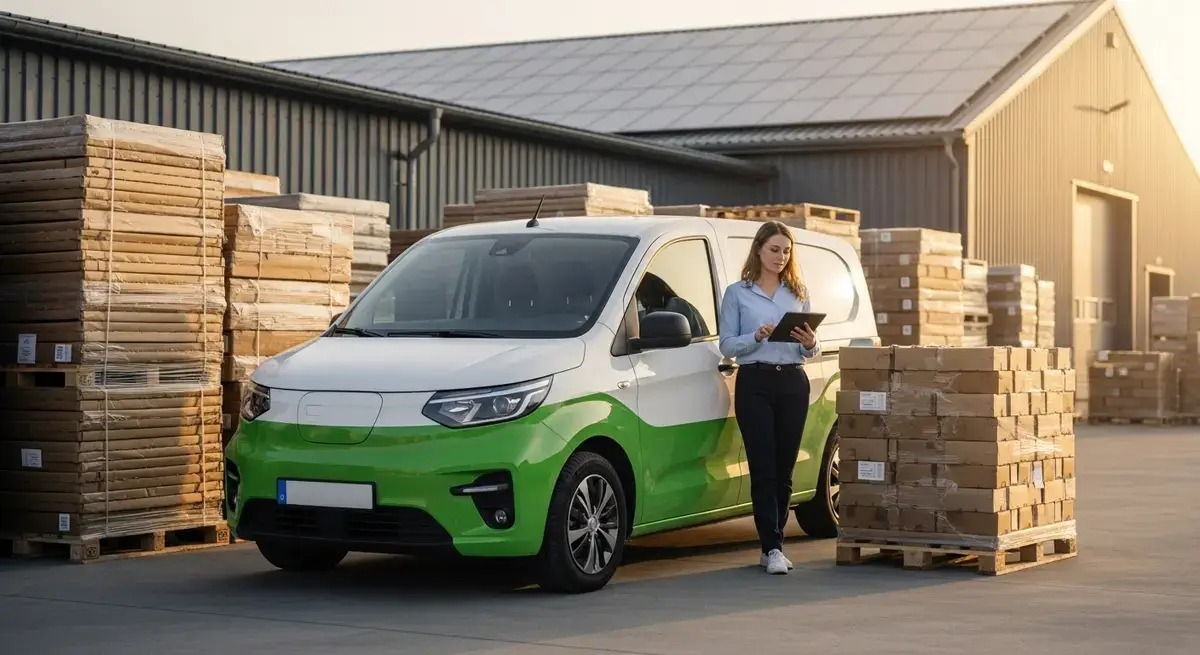
How to build a resilient supply chain for your business
Discover proven strategies to build a resilient supply chain that adapts to disruptions, leverages AI and IoT, and fosters flexibility—ensuring your business thrives amid uncertainty.
Proven Strategies to Build a Rock-Solid, Resilient Supply Chain
In today’s fast-moving and unpredictable business world, building adaptability and strength into your supply chain is no longer optional—it’s essential. Recent global disruptions, from the COVID-19 pandemic to persistent supply bottlenecks, have exposed vulnerabilities and underscored the urgent need for resilience. This guide dives into practical strategies that empower businesses to withstand shocks and bounce back stronger than ever.
What Does Supply Chain Resilience Really Mean—and Why It Matters
Supply chain resilience is all about a company’s ability to anticipate, adapt, and recover from disruptions quickly and effectively. It’s critical for maintaining smooth operations, protecting revenues, and safeguarding your brand reputation in a volatile market. When disruptions strike, the cost isn’t just financial—it can ripple through your entire business, causing delays and customer dissatisfaction.
The Challenges Today’s Supply Chains Face
The surge in e-commerce, with online shopping soaring by an astounding 149% in 2020, has placed unprecedented pressure on supply networks. At the same time, heavy dependence on overseas manufacturing has revealed weak points, resulting in ongoing delays and shortages. Recognizing these challenges is the first step toward building a supply chain that can weather any storm.
How to Strengthen Your Supply Chain: Key Strategies That Work
Harness Cutting-Edge Technology to Stay Ahead
Investing in technologies like Artificial Intelligence (AI), Big Data, and Machine Learning transforms your supply chain from reactive to proactive. These tools enhance visibility across your entire network, enabling faster, smarter decisions. The Industrial Internet of Things (IIoT) delivers real-time insights that help you spot risks early and respond before they escalate.
Build Flexibility and Redundancy Into Your Operations
Creating operational buffers through redundancies gives your supply chain much-needed breathing room during disruptions. Flexibility allows you to pivot swiftly when conditions change, keeping your business agile and responsive. Together, these approaches ensure you’re not caught off guard when challenges arise.
Cultivate a Resilient Corporate Culture
A strong, resilience-focused corporate culture empowers employees and fosters open communication, which is vital when navigating crises. Companies like UPS have thrived by embedding resilience into their organizational DNA, ensuring teams are aligned and ready to tackle disruptions head-on.
Measuring Resilience: The Metrics That Matter
Track Key Performance Indicators (KPIs) for Real Insights
To truly understand your supply chain’s resilience, focus on KPIs such as time to awareness, time to action, time to recover, and time to survive. These metrics reveal how quickly your supply chain detects, responds, and recovers from disruptions, giving you a clear picture of performance under pressure.
Proactively Manage Supplier Risks
With nearly 89% of companies experiencing supplier risk events in the past five years, staying ahead of potential issues is critical. Predictive forecasting tools can help you anticipate supplier problems before they escalate, ensuring smoother operations and fewer surprises down the line.
Real-World Success Stories: Learning from the Best
Companies Setting the Standard for Resilience
Industry leaders like Intel and Benetton have demonstrated how innovative strategies pay off. Intel’s redesigned factory layouts boost efficiency, while Benetton’s flexible product design enables rapid market adaptation. These examples show that strategic planning and innovation are at the heart of resilient supply chains.
Valuable Lessons From Past Disruptions
From natural disasters to global pandemics, past crises have taught businesses the importance of flexibility, technology adoption, and proactive risk management. These lessons continue to drive best practices and help companies prepare for whatever comes next.
Looking Ahead: The Future of Supply Chain Resilience
Emerging Trends and What to Expect
The future demands vigilance and adaptability. As market conditions evolve, disruptions will become more complex, requiring even more innovative solutions and strategic foresight. Businesses that embrace new technologies and continuously refine their resilience strategies will be best positioned to thrive.
Building a resilient supply chain isn’t just a competitive edge—it’s a continuous commitment that ensures your business can navigate uncertainty and emerge stronger every time.

Hazel Finch
Hazel focuses on creating beautiful gardens that support local ecosystems. She writes about choosing native plants, attracting pollinators, and using sustainable methods to build a thriving, natural space that gives back to the environment.
More Related Posts

Key trends in sustainable and green logistics
Discover how eco-friendly practices are revolutionizing logistics with green shipping corridors, electric vehicles, AI-driven efficiency, and sustainable packaging—driving a greener future in 2024 and beyond.

The role of IoT in modern fleet management
Discover how IoT is revolutionizing fleet management with real-time tracking, predictive maintenance, and fuel optimization. Boost efficiency, safety, and cost savings with smart connected fleets.

How to build a resilient supply chain for your business
Discover proven strategies to build a resilient supply chain that adapts to disruptions, leverages AI and IoT, and fosters flexibility—ensuring your business thrives amid uncertainty.

The future of last-mile delivery services
Last-mile delivery is evolving fast, driven by soaring consumer demands for speed, flexibility, and sustainability. AI, drones, and green logistics are reshaping how packages reach your doorstep efficiently.
